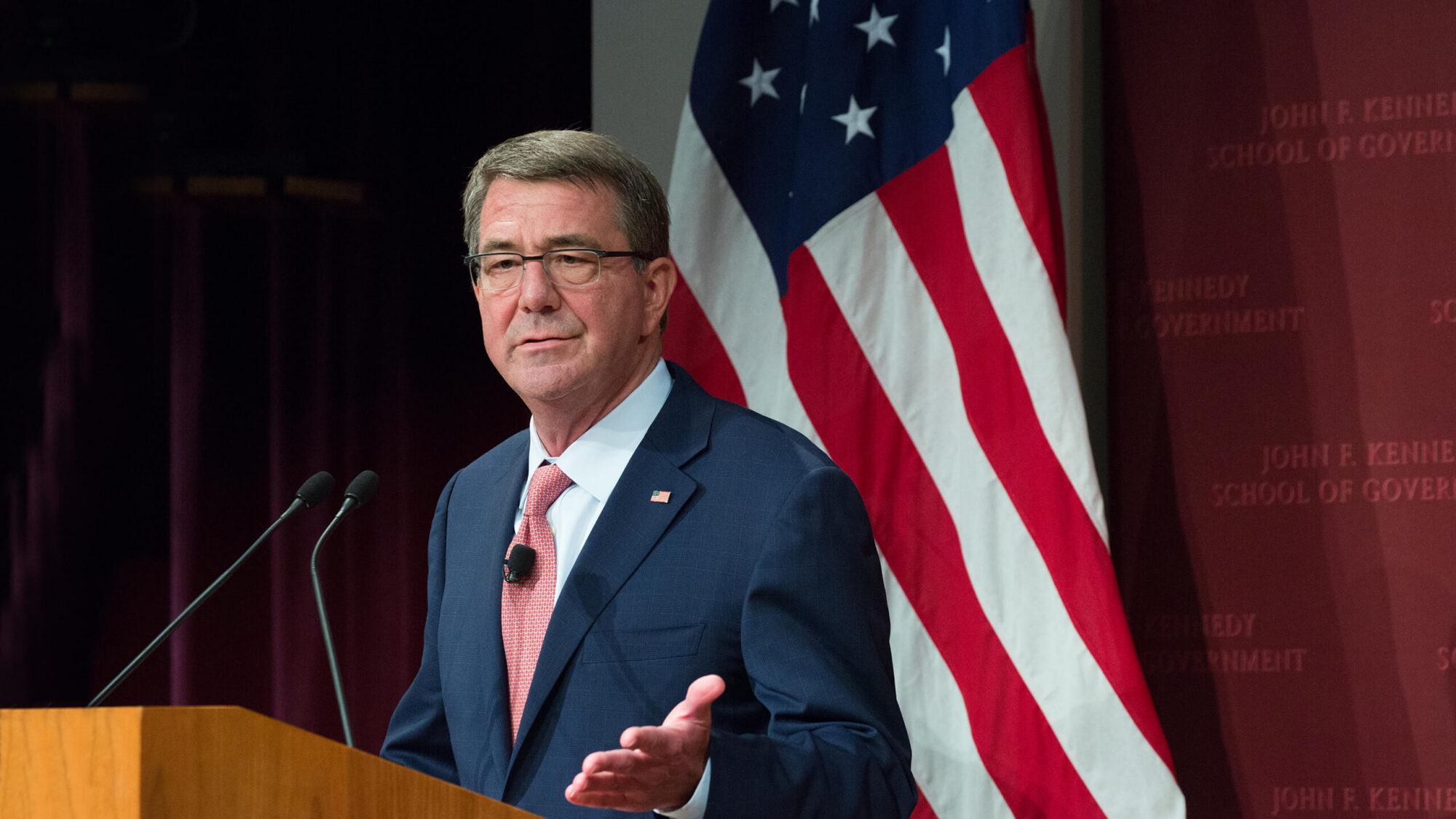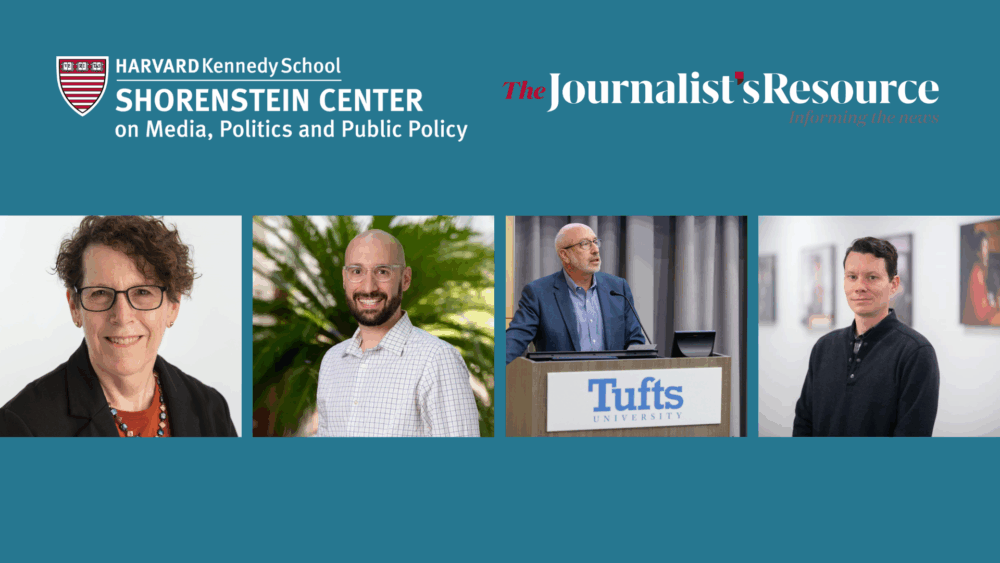
Videos
Regulating Social Media: America’s Global Communications Dilemma
Commentary

This essay was originally published at Inkstick Media.
Finding the perfect words and doing justice to an extraordinary person is always difficult. As I’ve struggled to honor the incomparable Ash Carter, who passed away on Oct. 24, 2022, I realized that I was missing the point of one of the most important lessons I learned from him: It’s okay to be imperfect in the pursuit of something perfect.
I worked with Ash every day for nearly four years at the Harvard Kennedy School after his time as the 25th US Secretary of Defense. He hired me to build his new initiative, the Technology and Public Purpose Project. His first request was to figure out a strategy that helps to “bend the arc of innovation towards the public good.” No big deal — just make the world a better place. But if anyone was going to set such an audacious vision for the world, it had to be someone like him.
Ash was not new to taking on seemingly impossible challenges. Among his many accolades, he created a program to dismantle weapons of mass destruction across the world. He also opened all military combat positions to women and ended the ban on transgender troops serving in the military. At the root of these accomplishments was Ash’s commitment to striving for excellence while doing the right thing. And he was only interested in spending his time investing in a significantly better version of the world. Any mission less than that was setting his sights too small. Of course, Ash knew he might not see the true impact of his vision in his lifetime. Yet, he insisted that we had better start trying now.
During our first strategy retreat, we aimed to confirm our mission, vision, and theory of change. The team had worked for weeks to develop memos for Ash in preparation for the meeting. Our first presentation ran through existing definitions of “public purpose.” My colleague confidently stood up and began with the literal. “According to Oxford Dictionary, the phrase ‘public purpose’ comes from English law and relates to the provision of facilities or services for the benefit of the public….” Ash immediately interrupted with, “No! It comes from here!” as he pointed to his head. “The public purpose I’m talking about is doing the right thing by and for the public. It means creating a future where technology serves humanity as a whole.” He continued:
“It’s not public policy — that’s mostly government. And it’s not public innovation because that’s mostly about the tech. It’s public purpose because it takes everyone — not just government or business — to come together with a united goal of having a better world that serves us all.”
We sat down, threw out our memo, and started from scratch. In the beginning, I found the learning curve quite comical. The whole team quickly learned to adapt to Ash telling it like it was in the moment, no matter what, even if we had just written 400-pages saying otherwise. The thing is, he was almost always right. His superpower was the combination of his unfailing moral compass and always doing his homework. Ash wanted to deeply understand and debate to make sense of the world and find the truth. So even if we messed up the research a hundred times, it just meant that a hundred fewer approaches needed to be tested toward the right one.
As we continued developing the Technology and Public Purpose Project, we began to see the genius of Ash’s vision for the project. He always said, “we need to build bridges,” and he meant it.
He believed we should bring the best minds together on the world’s toughest challenges no matter where they came from; Silicon Valley, academia, non-profits, you name it. Ash just wanted to do the right thing at every turn, which sometimes meant going against the grain and changing the status quo. We would walk laps around the Kennedy School, where I would try to explain all the considerations and reasons why these issues were “thorny” (aka impossible to take on without making someone upset). But it never swayed him. What mattered was our mission, and that drove every major decision.
Over the next several years of the Technology and Public Purpose Project, we wrote many memos that were wrong. In those moments, I remember feeling frustrated and wishing I had framed things differently or figured out the solution sooner. I realize now that being driven by a mission as important as “public purpose” and a standard as persistent as perfection is beautiful. Simply put, this kind of drive gives you personal purpose in everything, making you feel that you are a part of something bigger than yourself — and it’s incredibly human. Ash knew this and perpetuated this indelible worldview. Mistakes become okay because the right path is just that much closer, which is reassuring.
And this is why so many people have been so moved by Ash Carter. His vision attracted the world’s dreamers and idealists who needed a leader who believed public purpose was truly possible. We will continue his pursuit.
Laura Manley is the Executive Director of the Shorenstein Center. She previously served as the Founding Director of Ash Carter’s Technology and Public Purpose Project at the Harvard Kennedy School’s Belfer Center for Science and International Affairs.

Videos

Explainers, Podcasts, Videos

Videos